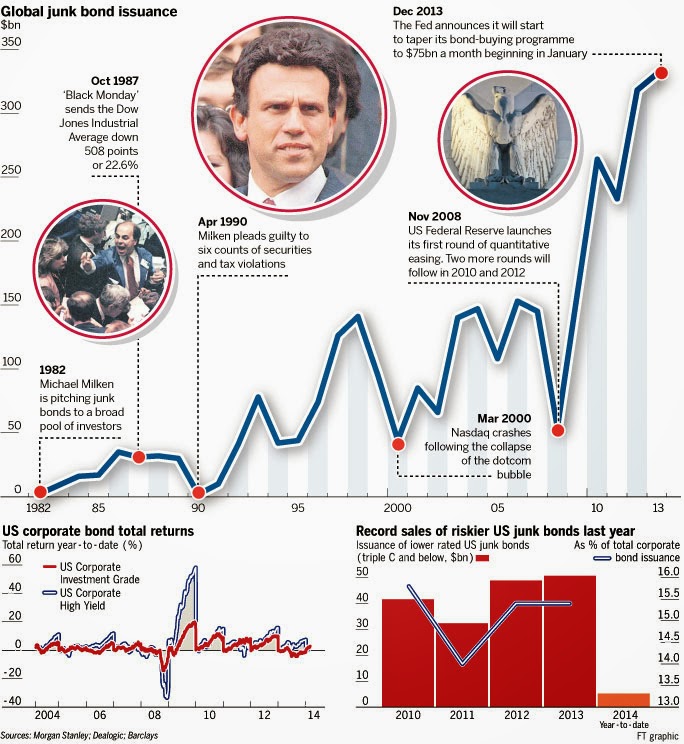Mortgages
Outperform Treasuries on FOMC Statement
The Federal
Open Market Committee announced last Wednesday that it will use “a wide range of
information” to assess how long it will maintain a 0 – 25 bps target range for
the Federal Funds Rate. The Fed has effectively reduced the
dependence on its 6.5% unemployment target for policy considerations, as the
unemployment rate is nearing 6.5%. The announcement came as a
surprise, sending mortgage and Treasury yields higher.
The Treasury curve experienced a ‘Bear flattener’, as short rates increased more than long rates. Yields on the 5 Year Note increased 16 bps to 1.71% while yields on the 10 year Note increased 10 bps to 2.77%. Market participants are pricing in a rate hike sooner than was previously anticipated following the Fed’s statement last week. Consequentially, investors sold the front end of the curve.
Not
surprisingly, mortgages performed very well against 5 year Treasury
hedges. Discount and current coupons performed very strongly as
they increased more than 0.50% following the announcement.
Premiums, on the other hand, only increased 0.10% to 0.15% against their
hedge counterparts. Mortgage performance against 10 year Treasury
hedges was poor, as only discounts outperformed their Treasury
hedges.
There were no
surprises with respect to the pace of Fed “Tapering” its asset purchases – as
the market widely anticipated last week’s announcement of an additional $5 Bln
of Treasury and $5 Bln of Agency MBS tapering. Going forward, the
Fed will purchase Treasury and Agency MBS Securities at a rate of $25 and $30
billion per month, respectively.
The Fed also
released economic projections last week. The Fed expects real GDP
to expand between 2.8 and 3.0 percent in 2014, 3.0-3.2 percent in 2015, and 2.5
– 3.0 percent in 2016. Moreover, the Fed expects the unemployment
rate to range between 6.1 and 6.3 percent in 2014, 5.6 to 5.9 percent in 2015,
and 5.2 to 5.6 in 2016. These economic projections were
meaningfully improved from December.
The
lower panel of the graph below shows the strong performance of discount FNMA 3.0
MBS against their 5 year Treasury hedges beginning with the 2pm announcement
last week. They rallied about 0.50% and have continued their
strong performance through the remainder of the week.
Relative
value opportunities are abundant in this environment, creating strong profit
potential in Agency MBS RV based strategies. To further discuss, please contact
Jeff Trongone at 203-863-1518 or jeff@thetradexgroup.com.
Tradex Global Advisory Services, LLC
investorrelations@thetradexgroup.com
203-863-1500
@Tradex_Global





